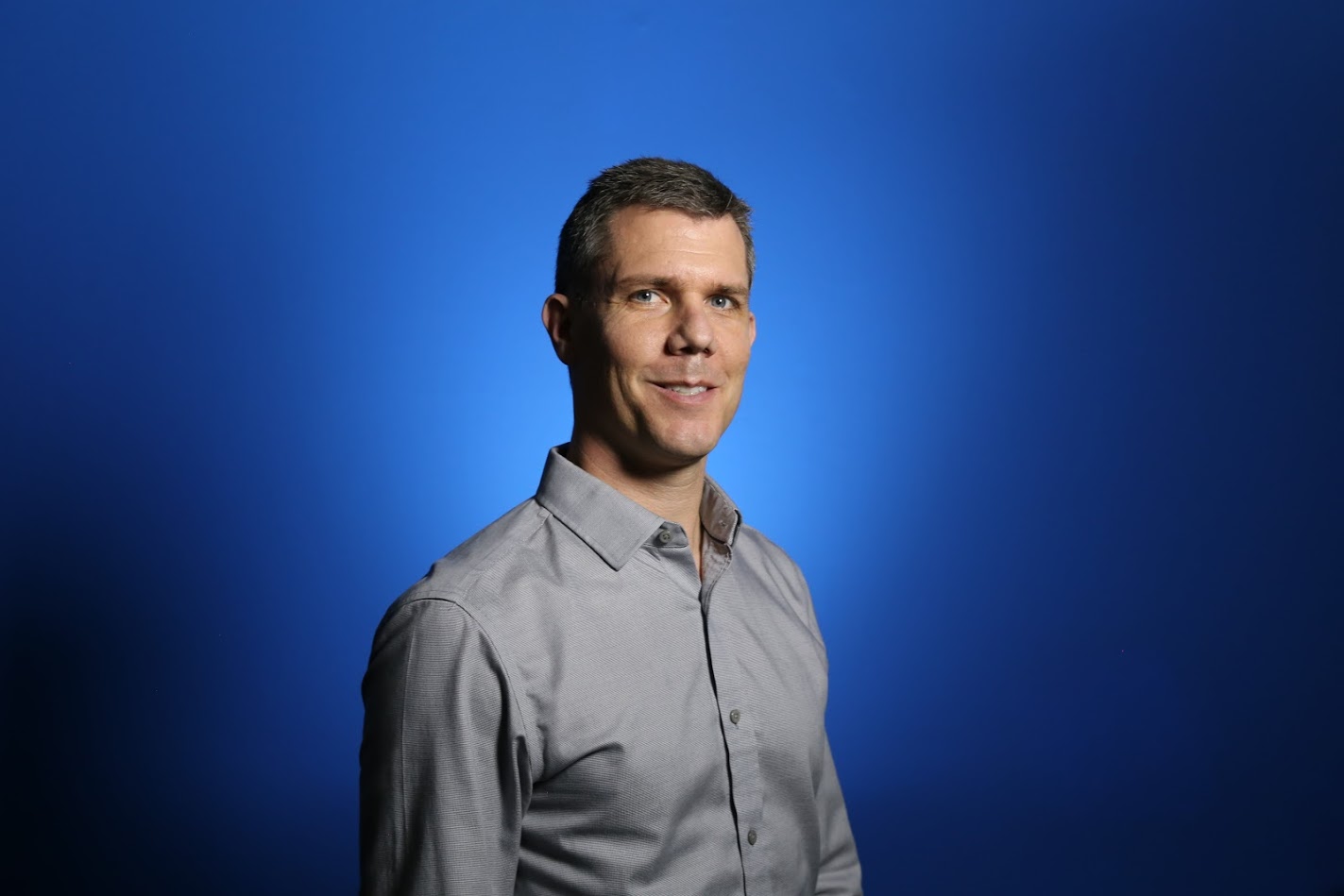 BIG DATA
BIG DATA
 BIG DATA
BIG DATA
 BIG DATA
BIG DATA
We’re past the era of big data, when the industry focused on data storage and processing solutions. Now that we have the data, and plenty of it — the onus is now on monetizing the stored information by building business models that drive sales or increase manufacturing efficiencies, for instance. But having the capacity to collect and store data is different from having the ability to access it and use it, and therein lies the challenge of evolving big data beyond its early stages.
“I’ve got a lot of infrastructure, I’ve got a lot of amazing tools at hand, but do I have an infrastructure that enables me to do data science? Do I have an infrastructure that enables me to take data and turn it into an asset?” asked Southard Jones (pictured), vice president of marketing at Domino Data Lab Inc.
Jones met with Peter Burris (@plburris), host of theCUBE, SiliconANGLE Media’s livestreaming studio, at theCUBE’s studio in Palo Alto, California, to discuss the challenges associated with building strategic business capabilities around data science.
While many businesses still focus on optimizing the performance of a single data scientist, forward thinkers are realizing that greater productivity comes from collaborating, combining and compounding knowledge.
“[The] switch happens when they aren’t all individuals who are just growing and doing things faster with a better tool. They actually come together as a group and build off of each other,” Jones said. “[It’s] thinking about data scientists as a community that has to work together and collaborate and has common perspectives and common language that they use within an organization.”
Although this takes the focus off the value of the data scientist as an individual, it doesn’t diminish that value. It switches the concept of where the value lies from the individual to the assets that they create.
Data is different from traditional assets, because it is not limited by scarcity, according to Jones. Unlike a physical resource, data can be accessed simultaneously for many different uses.
“It can be shared. It can be combined. It can be merged. It can be reused. It can be repopulated. [There are] a lot of things that you can do with data that you can’t do with other assets,” said Jones, who views data as an exponential asset, more as a community or a network of things to be managed than a singular item.
Watch the complete video interview below, and be sure to check out more of SiliconANGLE’s and theCUBE’s CUBE Conversations.
Support our mission to keep content open and free by engaging with theCUBE community. Join theCUBE’s Alumni Trust Network, where technology leaders connect, share intelligence and create opportunities.
Founded by tech visionaries John Furrier and Dave Vellante, SiliconANGLE Media has built a dynamic ecosystem of industry-leading digital media brands that reach 15+ million elite tech professionals. Our new proprietary theCUBE AI Video Cloud is breaking ground in audience interaction, leveraging theCUBEai.com neural network to help technology companies make data-driven decisions and stay at the forefront of industry conversations.